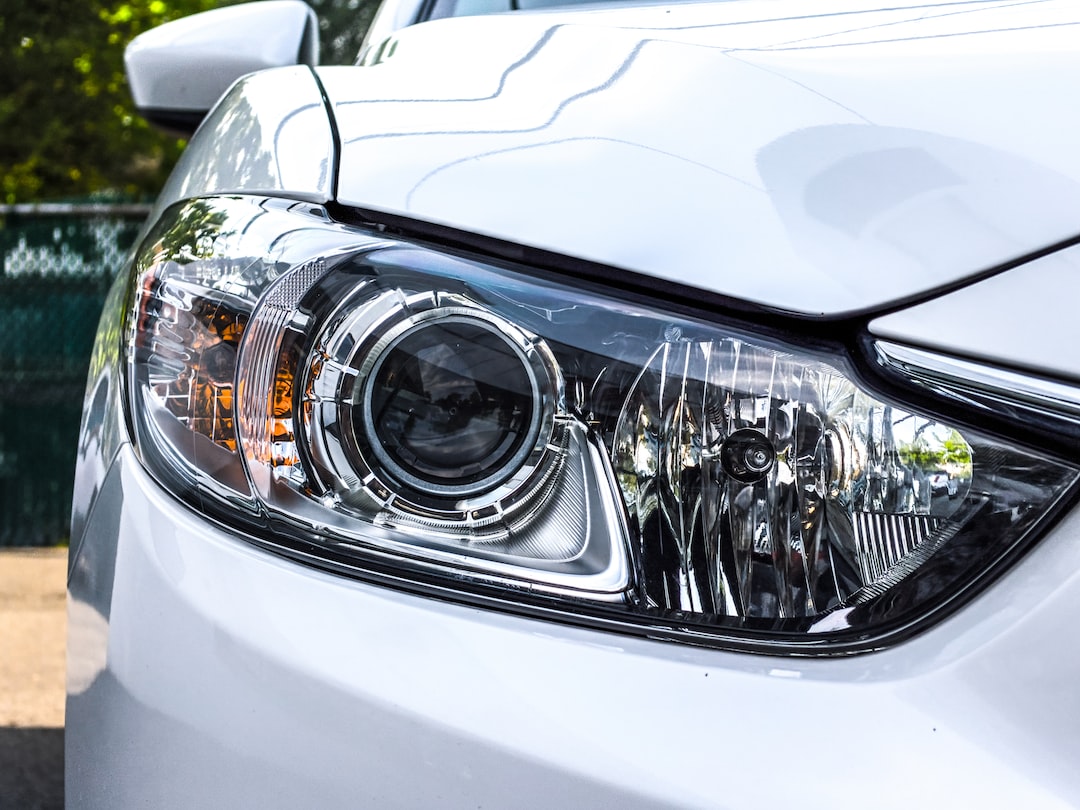The Impact of Autonomous Cars on Traffic Safety and Efficiency
As technology continues to advance at an unprecedented rate, we are witnessing the rapid development of autonomous vehicles, which are expected to revolutionize the way we travel and interact with transportation systems. With the incorporation of artificial intelligence (AI) into vehicle controls, these self-driving cars have the potential to greatly impact both traffic safety and efficiency.
One of the key areas where autonomous cars are expected to shine is in traffic safety. Human error is currently the leading cause of accidents on our roads, with factors such as distraction, fatigue, and impaired driving contributing to countless fatalities each year. However, with self-driving technology, the risks associated with these issues can be significantly reduced.
Autonomous cars are equipped with advanced sensors and cameras that provide a 360-degree view of their surroundings, enabling them to detect nearby vehicles, pedestrians, and obstacles with greater precision than human drivers. This heightened awareness and real-time data analysis allow self-driving vehicles to make split-second decisions, minimizing the likelihood of accidents.
Moreover, autonomous cars are not prone to human limitations such as fatigue or distraction. They do not get tired, lose focus, or experience emotions that may impair their judgment. This unwavering attention ensures that they adhere to traffic rules consistently, eliminating the potential for reckless driving behaviors that often contribute to collisions.
Additionally, with the introduction of connected vehicle technology, autonomous cars can communicate with each other and with traffic infrastructure, forming an interconnected network that enhances traffic safety further. Through vehicle-to-vehicle (V2V) and vehicle-to-infrastructure (V2I) communication, self-driving cars can exchange vital information such as speed, position, and intent, facilitating smoother traffic flow and preventing accidents caused by sudden maneuvers or misjudgments.
Beyond traffic safety, autonomous cars are also expected to greatly improve traffic efficiency. One significant aspect is the reduction of traffic congestion. The majority of traffic congestion stems from human error, such as incorrect lane changes, sudden braking, and inefficient merging. By removing the human element from the equation, autonomous vehicles can optimize traffic flow by driving at consistent speeds, maintaining appropriate distances, and reacting to traffic conditions in a synchronized manner.
Autonomous cars can also leverage advanced algorithms to identify more efficient routes and adjust their trajectories accordingly. This ensures that they can navigate through congested areas with relative ease, reducing both travel times and fuel consumption.
Moreover, with the reduced risk of accidents, traffic congestion caused by incidents can be minimized. Self-driving cars have the ability to share data in real-time and can transmit information about accidents or road hazards to nearby vehicles. This enables the deployment of safety measures and rerouting strategies long before traditional means of communication would be able to respond. As a result, traffic can be efficiently rerouted and congestion avoided altogether.
In conclusion, the advent of autonomous cars has the potential to revolutionize traffic safety and efficiency. With their ability to eliminate human error, enhance situational awareness, and facilitate real-time communication, self-driving vehicles have the power to greatly reduce accidents and traffic congestion. As we continue to invest in and develop this cutting-edge technology, it is essential that we address both the benefits and challenges associated with autonomous cars to ensure a seamless integration into our transportation system. The future of traffic safety and efficiency lies in the hands of autonomous cars, and the possibilities are endless.

